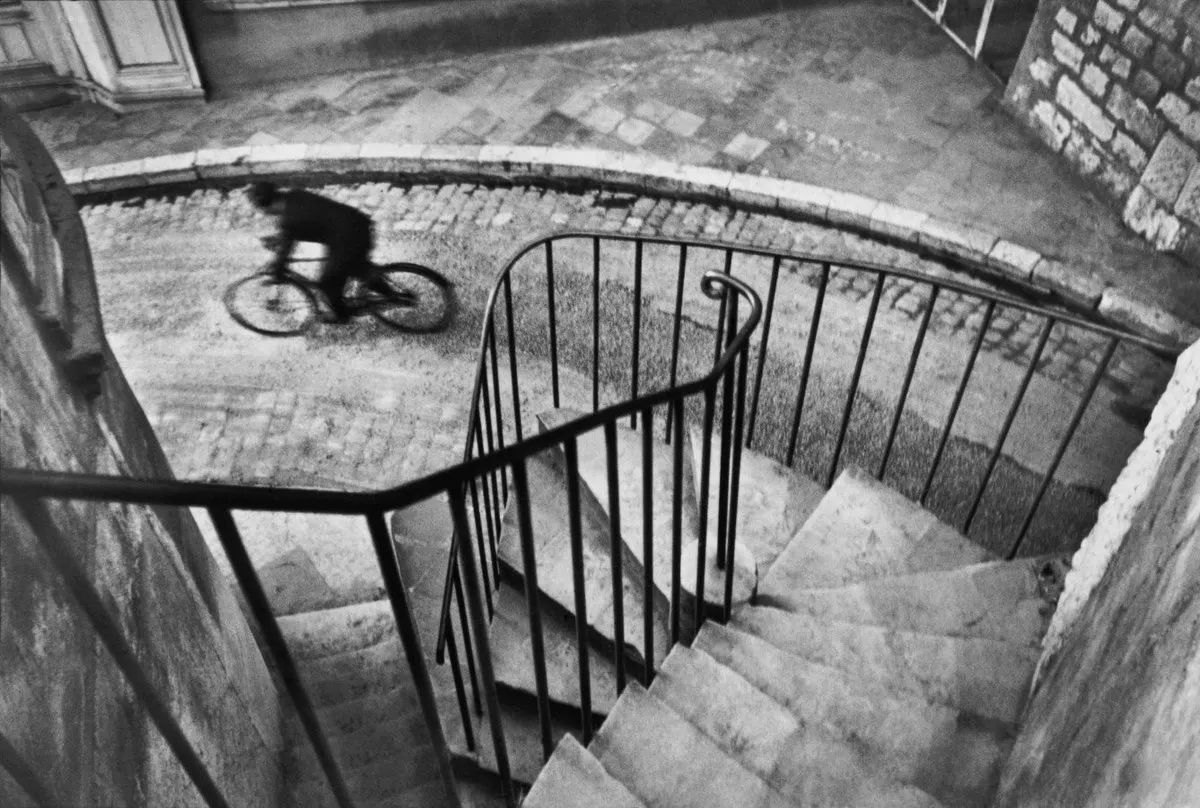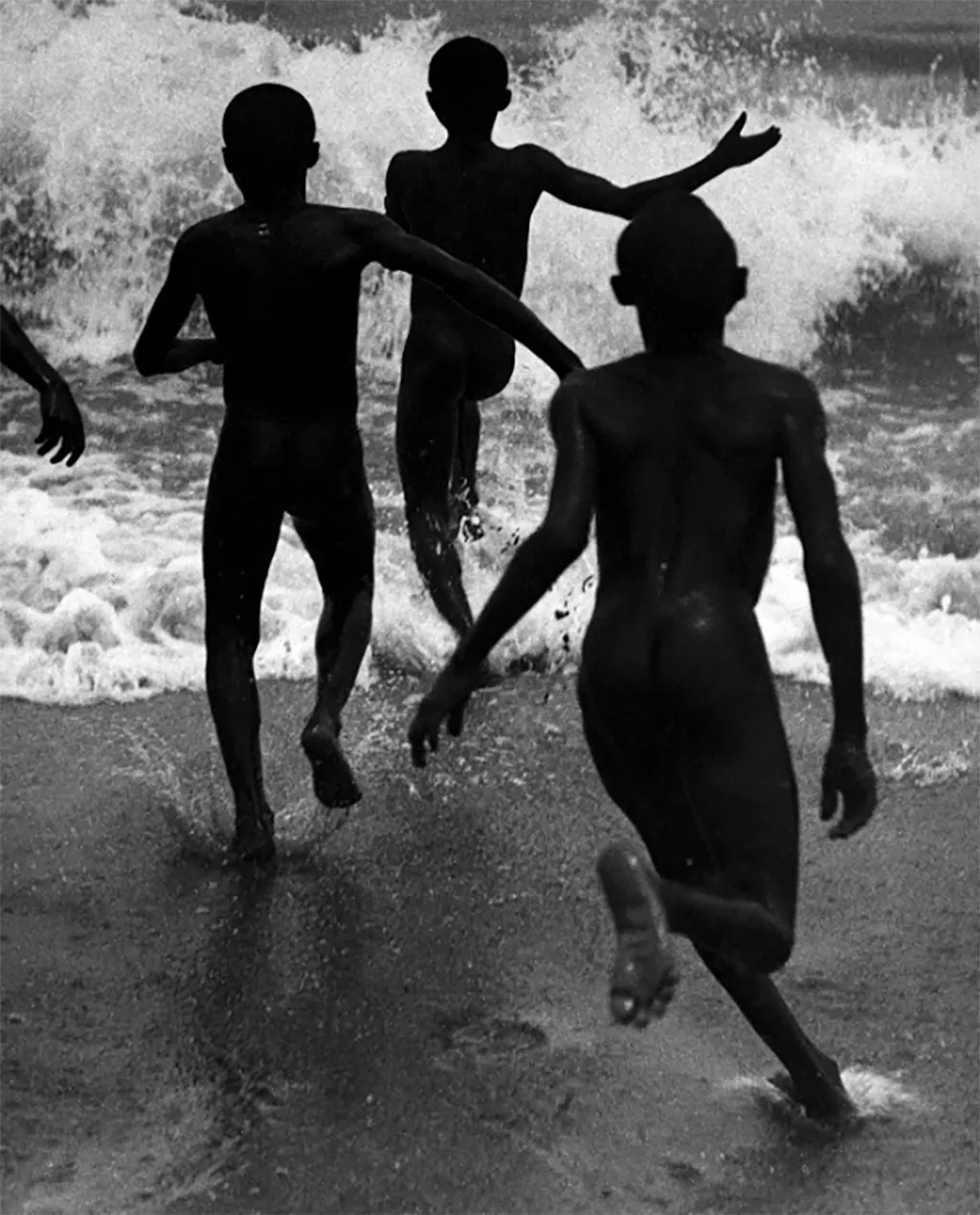Henri Cartier Bresson: His Life and Work

Anyone who’s interested in photography will know that there are many greats, greats that shaped the world of photography as we know and love it today; Henri Cartier Bresson was one of them. As a key influence in street and candid photography, Cartier Bresson’s impact cannot be denied.
Henri Cartier Bresson was born in France in 1908, the oldest of five children and the son of a wealthy textile manufacturers. Cartier Bresson spent parts of his childhood exploring the countryside of Normandy, though he was mainly raised in an upper class area of Paris called Rue de Lisbonne. He attended a strict Catholic School with the aim of eventually studying at one of Paris’ top prestigious schools. Even though he received a top education, Cartier Bresson’s interests remained firmly in painting, sketching and photography; though the art side of things dwindled as time went on.
Throughout his childhood, Cartier Bresson had very few worries but showed an interest in photography from a young age. He was encouraged to pursue this passion by both of his parents and they supported him financially, allowing him to focus on his craft; this is something that placed Cartier Bresson’s skills above many of his contemporaries and gave him the push he needed to turn his passion into a successful career.
In 1927, at the age of 19, Cartier Bresson enrolled into the Lhote Academy. The Lhote Academy was set up by cubist artist André Lhote, who championed the cubist art movement and its integration with more classical art forms. During his time at the Lhote Academy, Cartier Bresson was exposed to many different contemporary art forms. From this, Cartier Bresson’s photography style began to form.
Cartier Bresson’s Photography Type, Style and Themes
Cartier Bresson is mostly associated with candid photography and as an early user of 35mm film, he is a main player in street photography. Cartier Bresson enjoyed capturing the freedom, sincerity and truth behind hidden moments.
At the beginning of his photography career, Cartier Bresson began to use a Leica camera with a 50mm lens. This small and discreet camera allowed him to capture intimate moments and to do so without disrupting what was going on in the scene. Cartier Bresson’s photographs are largely captured without changing the behaviour of the subjects; as they are candidly caught, the individuals being photographed are often unaware and therefore what is captured is entirely natural. After all, we all know how someone’s actions and expressions can change the moment they know they are being photographed. Cartier Bresson used this technique to take his photography all around the world to places such as Berlin, Warsaw, Budapest, Russia and Madrid.
One of Cartier Bresson’s big inspirations came from Martin Munkacsi, notably a Munkacsi photograph that candidly showed three young boys running, almost entirely silhouetted; the image highlights fun, freedom and a carefree attitude. This silhouette style of photography struck something within Cartier Bresson as it's a style he adopted himself, and many of Cartier Bresson’s photographs are shot in a similar way. Cartier Bresson worked almost exclusively in black and white and never photographed with a flash, both techniques are what give his works such a unique and noteworthy appearance.

Photography Influence and Legacy
Cartier Bresson travelled the world with his photography, working with some incredible people, but some of his main career highlights were the times he spent on assignment. Cartier Bresson worked on ‘Life’ and other magazines for a large percentage of his professional life, capturing everything from the Spanish Civil War and the Berlin Wall to the assassination of Mahatma Gandhi.
It was during this time that many magazines, newspapers and journals turned to freelance photographers and in response to this Cartier Bresson found ‘Magnum’, alongside a number of other famed photographers. ‘Magnum’ is an organisation that takes care of the rights of photographers who submit images to magazines. Today, Magnum still remains to be just as successful and is made up of close to 60 photographers. ‘Magnum’ is just one example of the impact Cartier Bresson had on helping photography to become a valid career for many.
Cartier Bresson’s photography is said to have played a large part in influencing the cinéma vérité style of filmmaking. Cinéma vérité is a style of filmmaking that centres around depicting truthful and honest experiences, and so the link to Cartier Bresson’s work is an obvious one. However, despite these impressive photographical accolades, many of Cartier Bresson’s most recognisable images are those that were taken of seemingly mundane, ordinary moments. Cartier Bresson showed the world of photography that there is beauty to be found in daily life and that emotion can be portrayed without the use of colour.
We hope you enjoyed this article.
Mynuphoto print high quality photos to an exceptional standard on a choice of fine art papers.
Our customers include professional photographers and anyone who would like to maintain maximum quality within their prints.
Please check us out at our website.
Mynuphoto printing:
Would you like to get your photos out of your hard drives and onto your walls?
For a limited time we are offering a 20% discount on all your orders plus enter our next FREE draw for a chance to win a signed photo. Click here for full details.
